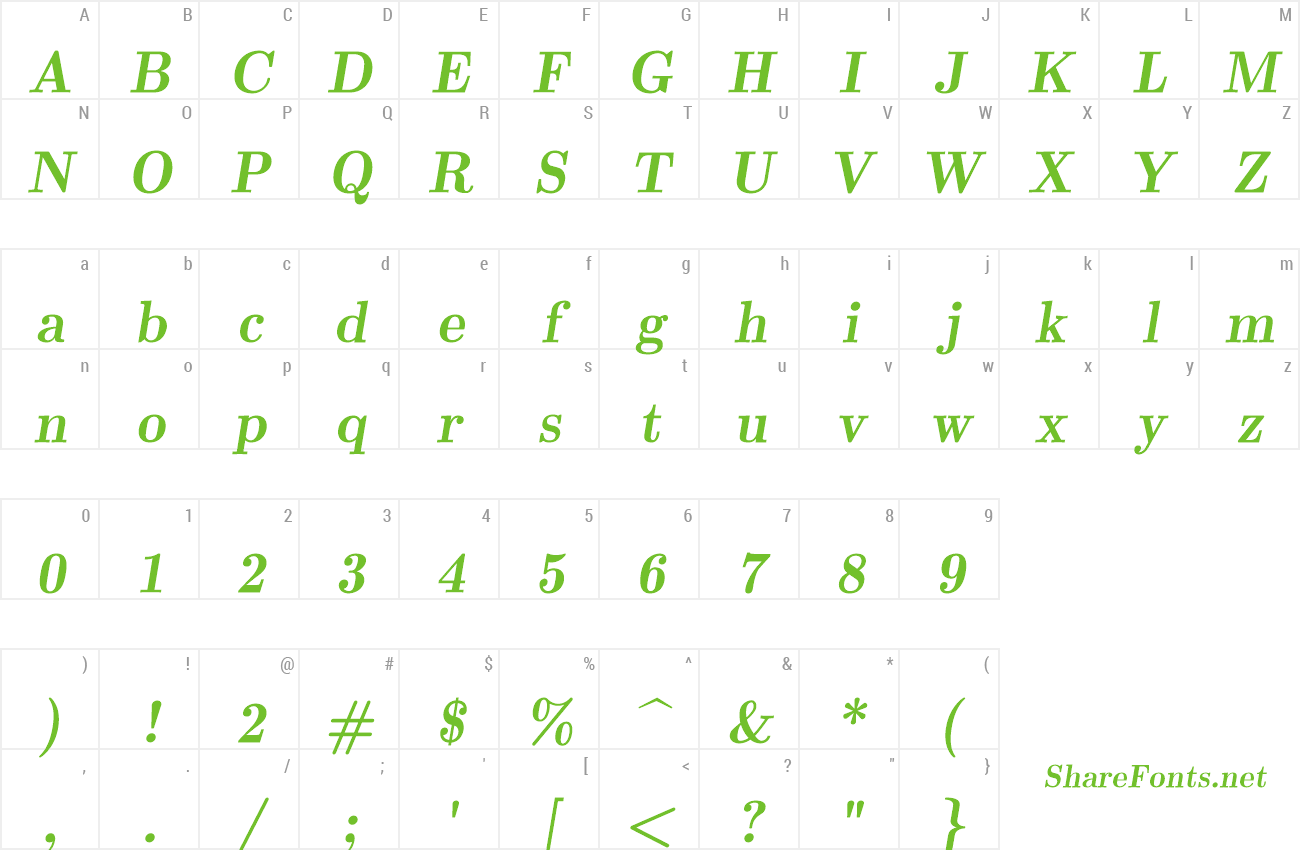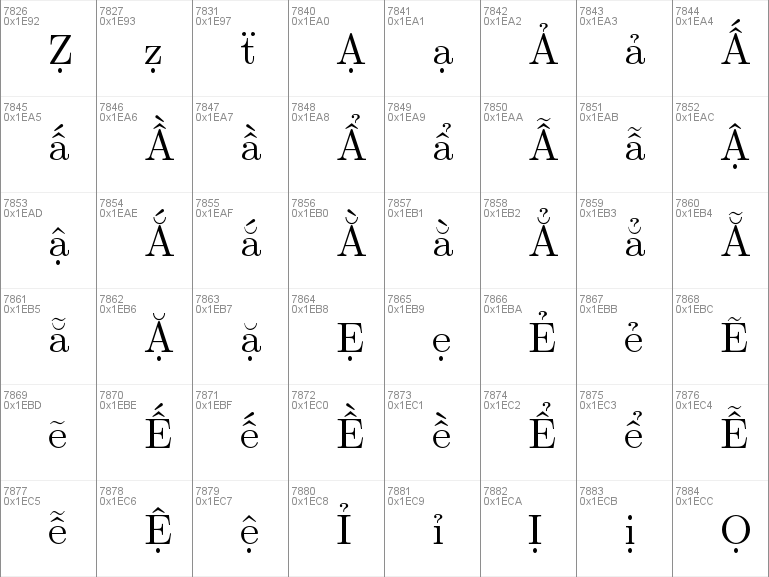

Thus it was during the classical Latin period that the Latin alphabet contained 23 letters: An attempt by the emperor Claudius to introduce three additional letters did not last.

From the shrine of the Augustales at Herculaneum.Īfter the Roman conquest of Greece in the 1st century BC, Latin adopted the Greek letters ⟨Y⟩ and ⟨Z⟩ (or readopted, in the latter case) to write Greek loanwords, placing them at the end of the alphabet. The interpuncts are comma-shaped, an elaboration of a more typical triangular shape. (There is one over the ó in the first line.) The vowel I is written taller rather than taking an apex. The apices in this first-century inscription are very light. The letter ⟨K⟩ was used only rarely, in a small number of words such as Kalendae, often interchangeably with ⟨C⟩. From then on, ⟨G⟩ represented the voiced plosive /ɡ/, while ⟨C⟩ was generally reserved for the voiceless plosive /k/. Later, probably during the 3rd century BC, the letter ⟨Z⟩ – unneeded to write Latin properly – was replaced with the new letter ⟨G⟩, a ⟨C⟩ modified with a small vertical stroke, which took its place in the alphabet. The letter ⟨C⟩ was the western form of the Greek gamma, but it was used for the sounds /ɡ/ and /k/ alike, possibly under the influence of Etruscan, which might have lacked any voiced plosives. Old Italic alphabet LettersĪrchaic Latin alphabet Archaic Latin alphabet

The Duenos inscription, dated to the 6th century BC, shows the earliest known forms of the Old Latin alphabet. Hundreds of symbols and abbreviations exist, varying from century to century. This habit continued even in the Middle Ages. This was due to the fact that if the text was engraved on the stone, the number of letters to be written was reduced, while if it was written on paper or parchment, it saved precious space. Furthermore, abbreviations or smaller overlapping letters were often used. More recently, linguists have also tended to prefer the Latin script or the International Phonetic Alphabet (itself largely based on the Latin script) when transcribing or creating written standards for non-European languages, such as the African reference alphabet.Īlthough Latin did not use diacritical signs, signs of truncation of words, often placed above the truncated word or at the end of it, were very common. With the age of colonialism and Christian evangelism, the Latin script spread beyond Europe, coming into use for writing indigenous American, Australian, Austronesian, Austroasiatic and African languages. The Etruscans ruled early Rome their alphabet evolved in Rome over successive centuries to produce the Latin alphabet.ĭuring the Middle Ages, the Latin alphabet was used (sometimes with modifications) for writing Romance languages, which are direct descendants of Latin, as well as Celtic, Germanic, Baltic and some Slavic languages. The Latin alphabet evolved from the visually similar Etruscan alphabet, which evolved from the Cumaean Greek version of the Greek alphabet, which was itself descended from the Phoenician alphabet, which in turn derived from Egyptian hieroglyphics. Letter shapes have evolved over the centuries, including the development in Medieval Latin of lower-case, forms which did not exist in the Classical period alphabet. These Latin-script alphabets may discard letters, like the Rotokas alphabet, or add new letters, like the Danish and Norwegian alphabets. The term Latin alphabet may refer to either the alphabet used to write Latin (as described in this article) or other alphabets based on the Latin script, which is the basic set of letters common to the various alphabets descended from the classical Latin alphabet, such as the English alphabet.

BCEĪdlam (slight influence from Arabic) 1989 CE


 0 kommentar(er)
0 kommentar(er)
